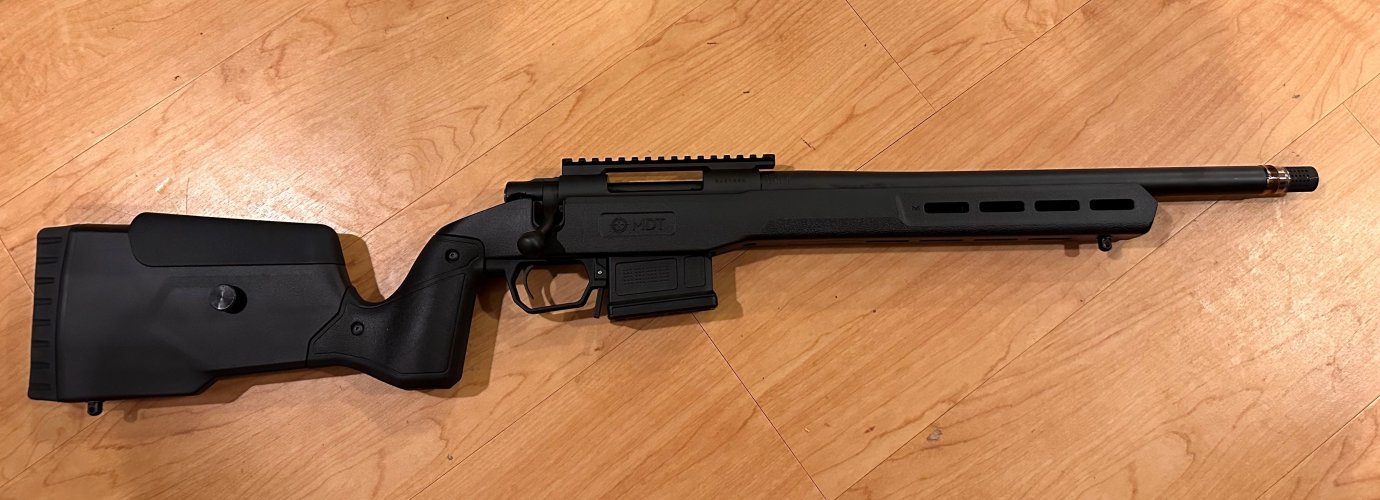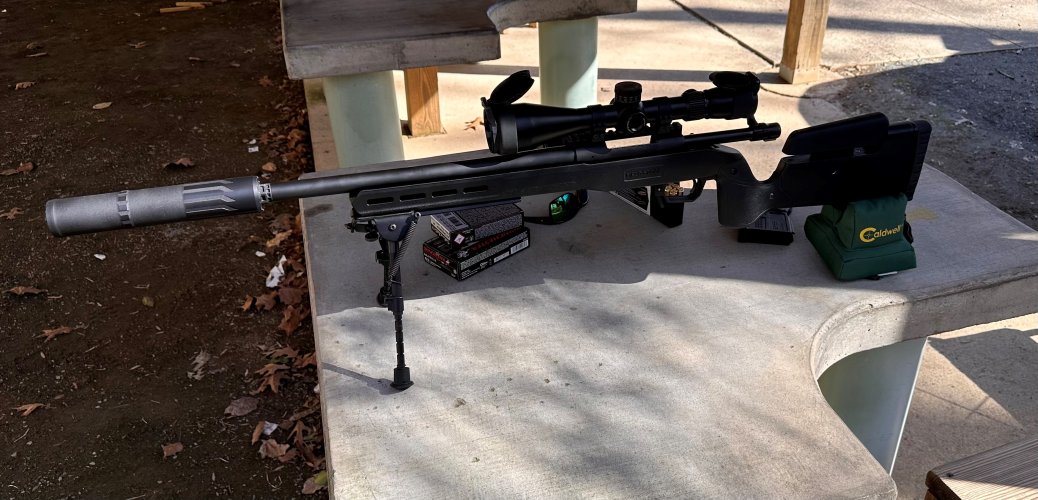Wind Gypsy
Well-known member
- Joined
- Mar 12, 2017
- Messages
- 2,376
That’s an interesting question: does the CF insulate the barrel, holding the heat IN?
Maybe some? I know mirage seems to become an issue faster with carbon barrels which would indicate they shed heat faster. My gut feel based at reading about this is the bore on a carbon is going to heat up faster than a comparable weight steel barrel because it has less steel to disperse the heat. I also expect them to cool faster for the same reason and the carbon doesn't seem to be enough of an insulator to prevent that from happening.
This phenomenon is obvious with steel barrels comparing a sporter to a heavy contour. Heavy barrel heats up a lot slower but if you get it piping hot its going to take a lot longer to cool down too.








